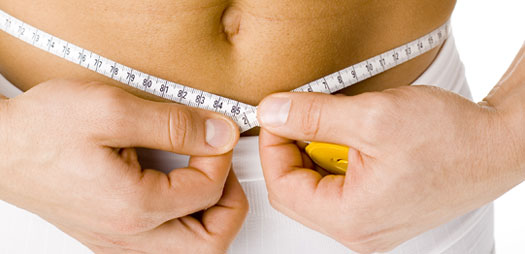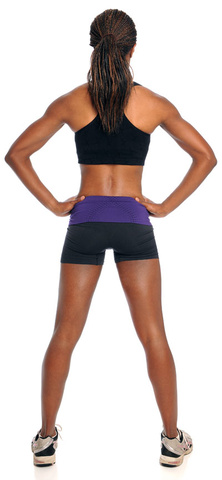Don't miss any stories → Follow Tennis View
FollowNew Year Exercise Success
Many adults begin the early weeks and months of a new year trying to launch and maintain a rigorous exercise program. And yet, these overly ambitious and strenuous efforts often result in injury, and ultimately, discouragement and the return to sedentary habits.

The problem is that many people mistakenly think that pushing their bodies harder and enduring pain are the keys to a successful exercise program. To reduce injuries, E. Edward Khalfayan, MD, a Seattle orthopaedic surgeon who is the head team physician for the Seattle Seahawks and Seattle Mariners, and an American Academy of Orthopaedic Surgeons (AAOS) spokesperson, suggests the following exercise tips:
 Embark on a balanced fitness program. A program that incorporates cardiovascular exercise, strength training and flexibility, is preferable for optimal health and fitness. A balanced exercise program also will keep you from getting bored and lessen your chance for injury.
Embark on a balanced fitness program. A program that incorporates cardiovascular exercise, strength training and flexibility, is preferable for optimal health and fitness. A balanced exercise program also will keep you from getting bored and lessen your chance for injury.
Warm up first. First, warm up, even before stretching. Run in place for a few minutes, breathe slowly and deeply, or gently rehearse the motions of the exercise to follow. Warming up increases your heart and blood flow rates and loosens up other muscles, tendons, ligaments, and joints.
Stretch. Begin stretches slowly and carefully until reaching a point of muscle tension. Hold each stretch for 10 to 20 seconds, and then slowly and carefully release it. Inhale before each stretch and exhale as you release. Do each stretch only once. Never stretch to the point of pain. Always maintain control, and never bounce on a muscle that is fully stretched.
Use proper equipment. Wear athletic shoes that provide good construction, shock absorption and foot stability. As 60 percent of a shoe's shock absorption is lost after 250 to 500 miles of use, joggers should consider replacing their shoes every 9 to 12 months or so; recreational tennis players potentially more frequently. Wear comfortable, loose-fitting clothes that allow free movement, and that easily release body heat. In cold weather, dress in removable layers.
Take your time. During strength training, move through the full range of motion with each repetition. Breathe regularly to help lower your blood pressure and increase blood supply to the brain.
Stay hydrated. Drink enough water to prevent dehydration, heat exhaustion, and heat stroke. Drink 1 pint of water 15 minutes before you start exercising and another pint after you cool down. Have a drink of water at least every 20 minutes while you exercise.
Cool down. Make cooling down the final phase of your exercise routine. It should take twice as long as the warm up. Slow your motions and lessen the intensity of your movements for at least 10 minutes before you stop completely. This phase of a safe exercise program should conclude when your skin is dry and you have cooled down.
Rest. Schedule regular days off from exercise and rest when tired. Fatigue and pain are good reasons to not exercise.
This article is from the Jan/Feb '14 - Maria Sharapova issue |
|

|
SOLD OUT Subscribe now and you'll never miss an issue!
|










